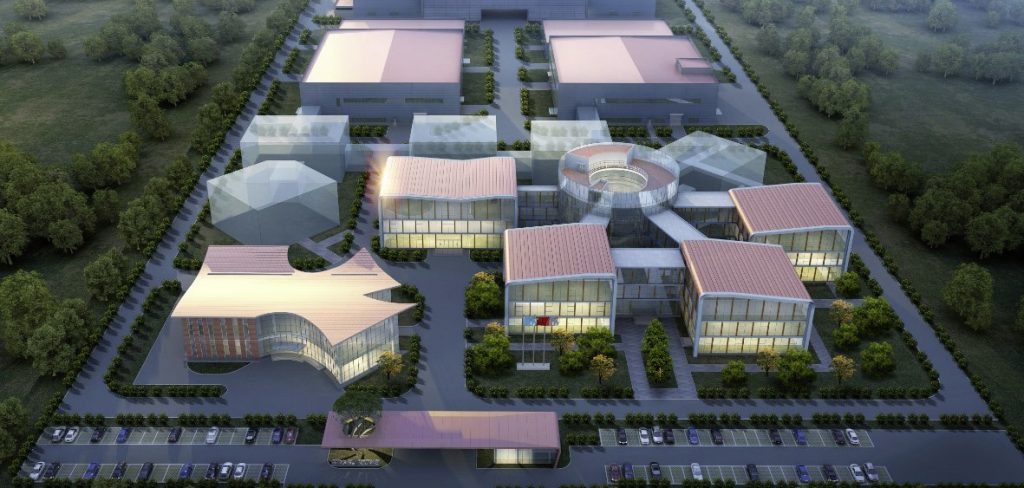German auto maker Volkswagen has inaugurated a new R&D center at the company’s facilities in Hefei, China, and has renamed the JAC Volkswagen joint venture Volkswagen (Anhui) Automotive. With the company’s future products all set to be based on the Modular Electric Drive Matrix (MEB), VW says it is instigating plans for a step-by-step expansion of local R&D competence in the localization of MEB-based derivatives, in order to capitalize on global synergies.
Dr Herbert Diess, CEO of Volkswagen AG, remarked, “Volkswagen Anhui is a promise for stronger partnership and e-mobility power in China. Within the next three years, we can expect state-of-the-art MEB production, a new full-electric portfolio and technology solutions from its R&D center in Anhui. Volkswagen Anhui will strengthen China’s role in the electrification and digitalization of the Volkswagen Group.”
Volkswagen Group China CEO Dr Stephan Wöllenstein added, “With our commitment to Volkswagen (Anhui), we will fully leverage the global synergies of the Group to intensify our e-mobility strategy in China and help us achieve net-carbon neutrality come 2050. Through this new R&D center, we will strengthen the local expertise and production efficiency of Volkswagen, which will play a key role in rapidly growing and optimizing our NEV portfolio to address the differing needs of Chinese customers in what is the world’s largest NEV market. At Volkswagen, we appreciate the further opening up of the country, which allows for us to accelerate our transformation towards e-mobility.”
VW says it will undertake research and development, quality assurance, simultaneous engineering and full capability pre-series manufacturing and testing within the Hefei facility. By combining these functions and using the MEB platform, it hopes to speed up development cycles and create a significantly faster time-to-market for new products.
A full-scale factory for EVs is also under construction in Hefei, with a maximum production capacity of 350,000 units per annum, which is due to be completed by the end of 2022, with the first model planned to go into series production in 2023.


